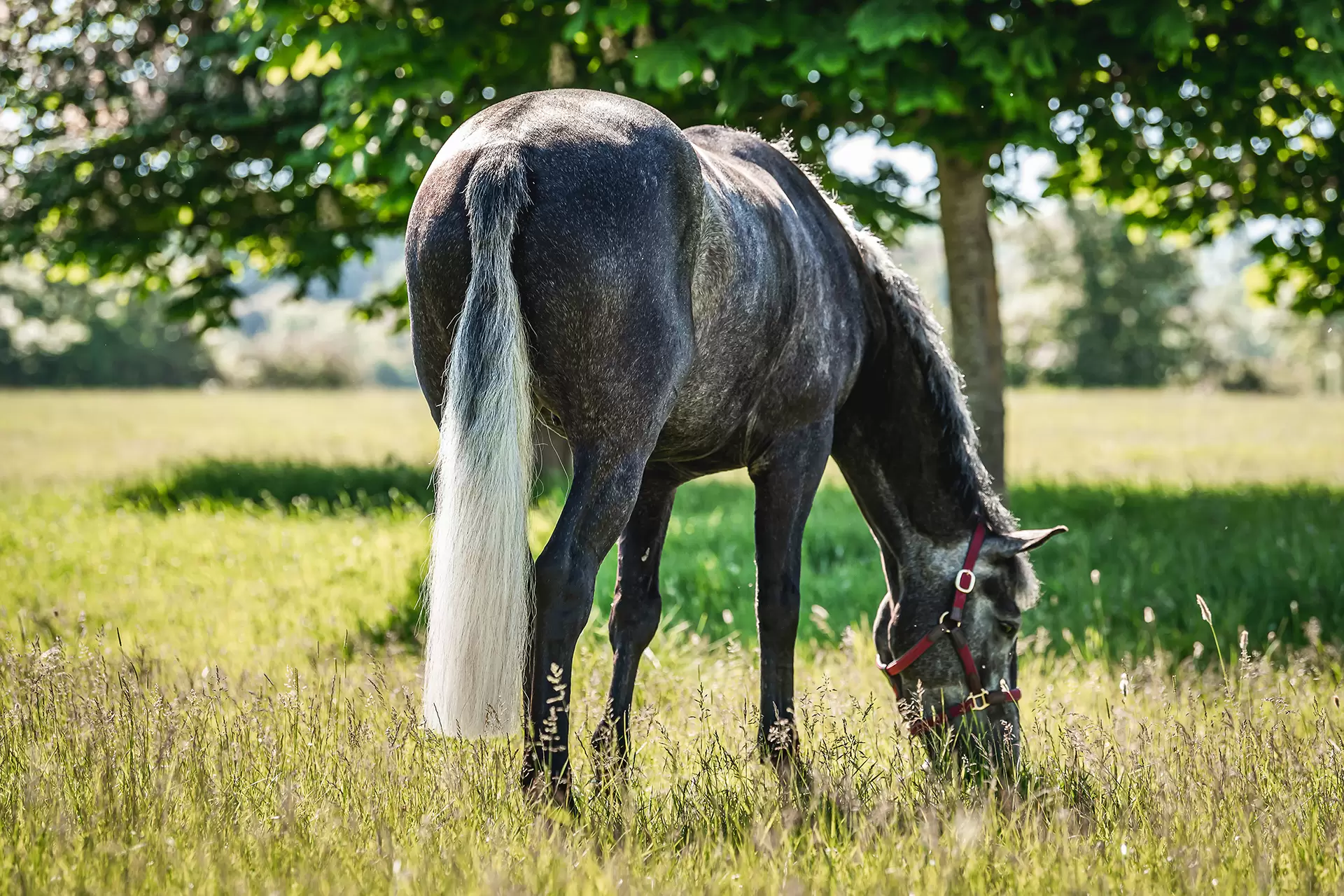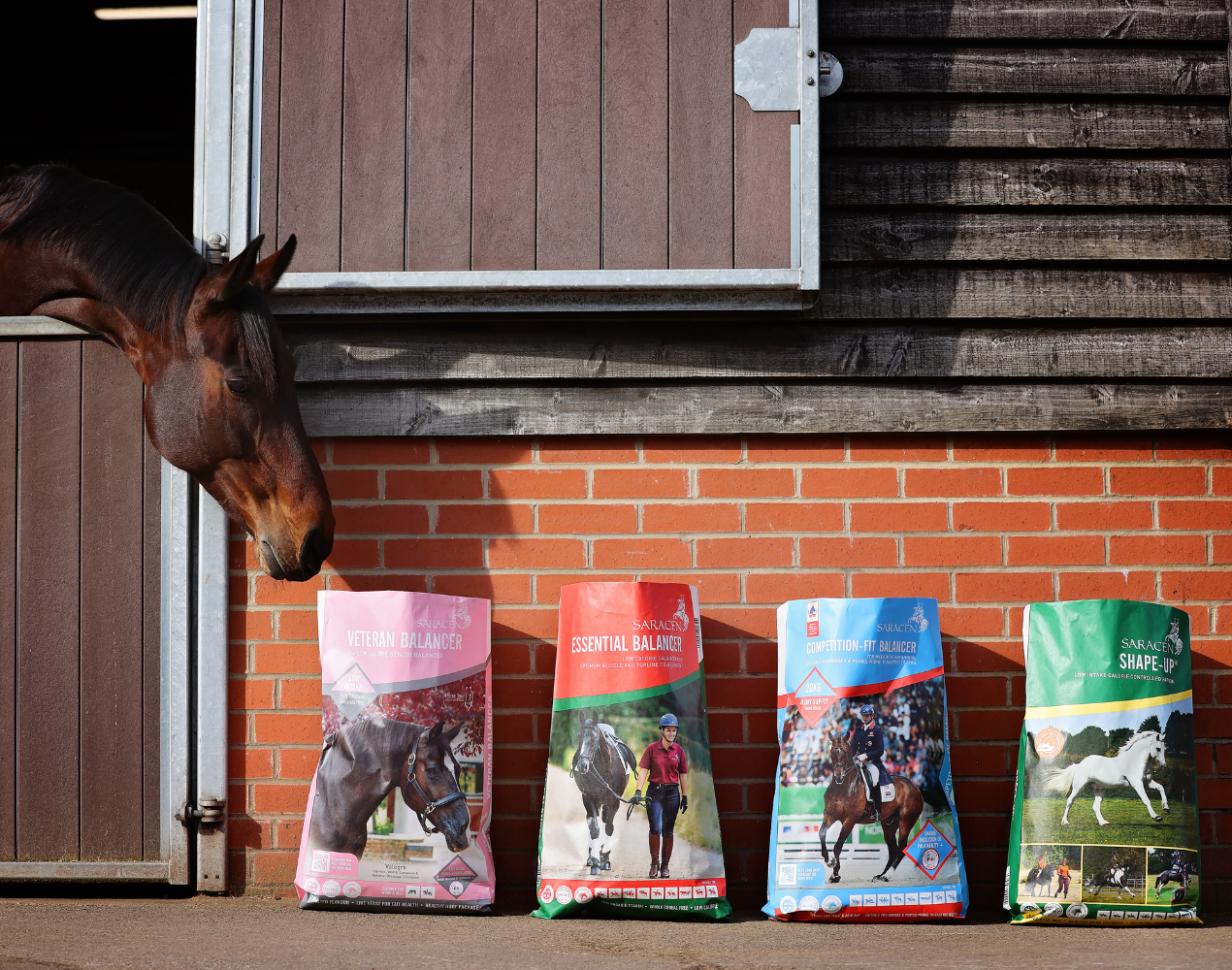Selenium Requirements and Toxicity for Your Horse

Selenium is a vital trace mineral essential for the health and well-being of horses. Understanding the balance between adequate selenium intake and the risks of toxicity is crucial for horse owners and caretakers. This article explores selenium’s role, dietary requirements, sources, signs of deficiency and toxicity, and best practices for supplementation.
What is Selenium?

Selenium is a micronutrient that plays a critical role in antioxidant defense systems, thyroid hormone metabolism, and immune function in horses. It helps protect cells from oxidative damage and supports overall metabolic processes.
Selenium Requirements for Horses
The selenium needs of horses vary based on age, weight, activity level, and physiological status (e.g., pregnancy, lactation). According to the National Research Council (NRC), the recommended daily selenium intake for adult horses is approximately 0.1 mg per kg of dry matter intake, typically translating to about 0.1 mg/kg of body weight per day.
| Horse Category | Selenium Requirement (mg/day) |
|---|---|
| Adult Maintenance | 0.1 mg/kg dry matter intake |
| Pregnant/Lactating | Slightly higher needs |
| Foals | Adjusted for growth |
Dietary Sources of Selenium
Selenium content in forage and grains depends heavily on soil selenium levels. Common sources include:
- Selenium-enriched feed supplements
- Certain grains like oats and barley
- Selenium-fortified salt blocks
Signs of Selenium Deficiency
Deficiency can lead to serious health issues such as:
- White muscle disease (nutritional myodegeneration)
- Poor growth and development in foals
- Reproductive problems
- Weakened immune response
Selenium Toxicity in Horses
While selenium is essential, excessive intake can be toxic, leading to a condition called selenosis. Symptoms of toxicity include:
- Hair loss and brittle hooves
- Respiratory distress
- Neurological signs such as ataxia
- Gastrointestinal upset
Safe Supplementation Practices
To avoid deficiency or toxicity, consider the following:
- Test soil and forage selenium levels regularly
- Use supplements formulated specifically for horses
- Follow veterinary guidance on dosage
- Monitor horses for clinical signs
Frequently Asked Questions (FAQ)
Q1: How can I test selenium levels in my horse?
A: Blood tests and liver biopsies are common methods to assess selenium status.
Q2: Can selenium overdose be treated?
A: Treatment involves removing the source of excess selenium and supportive care; prognosis depends on severity.
Q3: Is selenium supplementation necessary for all horses?
A: Not always; it depends on the selenium content of their diet and regional soil levels.
By understanding selenium’s role and carefully managing its intake, you can help ensure your horse remains healthy and vibrant. Always consult with a veterinarian before making changes to your horse’s diet or supplement regimen.
